1. Automated Feature Extraction from Rich Data Sources
AI can process massive, unstructured behavioral data (like text, images, or sensor logs) to automatically extract meaningful features. This automation uncovers latent cues (sentiment, attention patterns, etc.) that traditional surveys or linear models might miss. By harvesting these rich data streams, AI-based models detect subtle decision signals and biases at scale. This enriches behavioral models by adding new predictors (e.g. social-media sentiment or browsing behavior) without manual feature engineering. As a result, economists gain deeper insights into decision drivers and improve the granularity of behavioral predictions. In practice, automated feature extraction makes it feasible to include diverse digital traces (tweets, web logs, etc.) into economic analysis.

Modern ML tools excel at turning raw data into predictive variables. For example, Desai (2023) notes that machine learning “automates feature extraction from large…datasets” and can process unstructured text or images to capture complex patterns. In a marketing context, Lin (2025) applied ensemble models (XGBoost, CatBoost) to forecast consumer purchase intent and used feature-importance scores to identify key signals (such as page views and dwell time). That study even recommends adding unstructured inputs (reviews, social media, images) for better predictions. In finance, researchers have shown that including cognitive and emotional indicators from social media significantly improves index forecasts – evidence that new features from rich data add value. Overall, AI-driven feature extraction has been shown to uncover previously hidden behavioral drivers and improve prediction accuracy.
2. Advanced Predictive Modeling with Machine Learning
Machine learning algorithms (e.g. deep neural nets, gradient boosting) capture complex, non-linear relationships in behavioral data, yielding more accurate forecasts than linear models. These advanced methods can model subtle interactions among variables (like non-linear income effects or threshold behaviors) automatically. They adapt as new data comes in, continually refining predictions. In practice, this means better forecasting of consumer demand, stock choices, or policy outcomes under changing conditions. AI models can also accommodate unforeseen scenarios by combining data-driven patterns with learned economic constraints. For example, blending big data with economic theory can prevent model failure during shocks. Overall, the enhanced modeling capacity of ML leads to more reliable and robust behavioral predictions in both stable and uncertain environments.
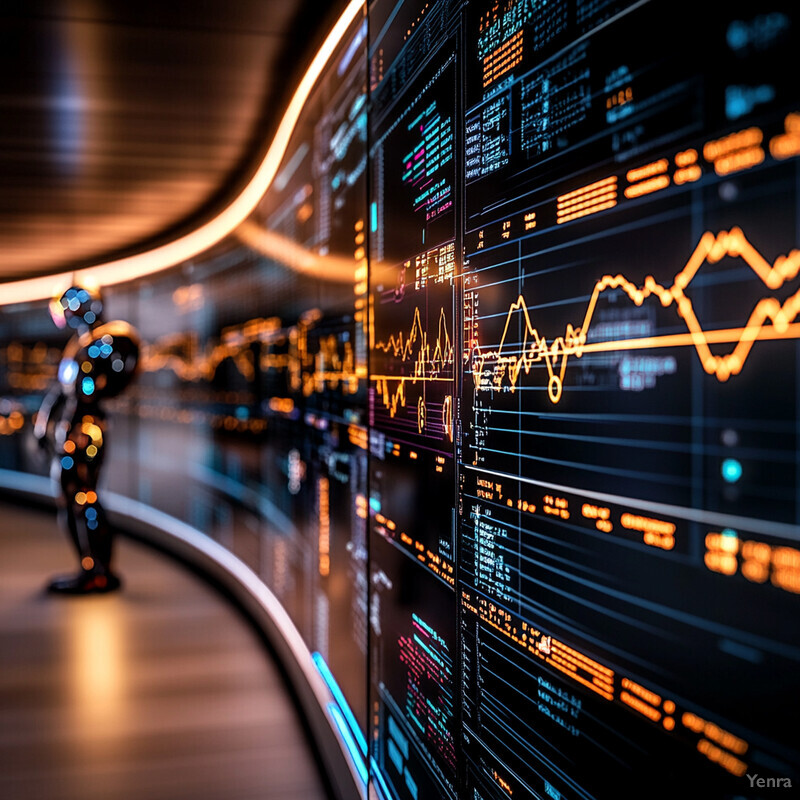
Studies confirm ML’s superior predictive power in economics. Desai (2023) explains that ML “captures strong non-linearity that is difficult to capture using traditional econometric models,” leading to improved prediction accuracy. In one case, UCR researchers used a deep learning model to estimate demand curves from sales data; they found that a pure data-driven model predicted pricing well in normal times but failed under a COVID-like shock. By integrating economic demand theory into the ML model, they improved forecast reliability during the crisis, enabling the algorithm to distinguish pandemic effects from pricing effects. Such hybrid approaches demonstrate how AI can both process rich data and respect economic structure, resulting in more accurate and robust behavioral forecasts.
3. Uncovering Hidden Biases and Heuristics
AI models can reveal implicit decision-making biases and heuristics by finding patterns in large behavioral datasets that humans might overlook. By fitting flexible models (like neural nets) to choice data, AI can test and extend behavioral theories (e.g. prospect theory) and highlight new systematic deviations. This helps identify subtle biases in how people actually decide (such as framing or loss patterns) even if those weren’t anticipated. At the same time, researchers caution that AI findings may be influenced by training data; discovered “rules” might not hold universally. Thus, AI-driven insights into biases are most reliable when combined with human understanding of context and theory. In essence, AI serves as a powerful tool to generate and refine hypotheses about cognitive biases, while also indicating when simple theories break down.
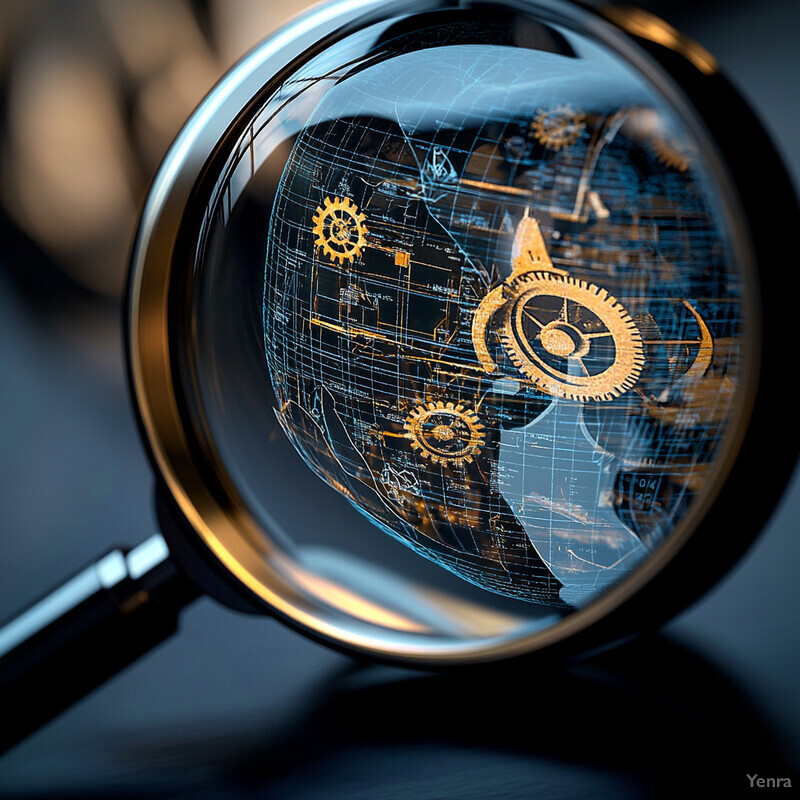
Recent research exemplifies this discovery process. For instance, by training neural networks on thousands of risky gambles, Peterson et al. (2023) obtained a “machine-learned theory” summarizing how decisions are made; this AI-derived model outperformed standard prospect theory on that data. However, a follow-up analysis found that these learned patterns were dataset-specific. The study noted that while “neural networks may outperform all proposals by human theorists in terms of prediction errors on a dataset, that does not guarantee transfer to other datasets”. The researchers then developed a hybrid model (combining classical uncertainty concepts with AI outputs) to explain why humans’ choices differ between experiments. This work underscores that AI can uncover hidden decision rules and biases, but also highlights the need to interpret those findings through established theory.
4. Dynamic, Agent-Based Simulations with Reinforcement Learning
Integrating reinforcement learning (RL) into agent-based models lets simulated agents adapt over time, enabling dynamic behavioral scenarios. These AI agents learn by trial-and-error in economic environments (markets, games, etc.), changing their strategies as conditions evolve. This approach models feedback loops: as one agent’s behavior changes, it affects others, who in turn adapt. It provides a natural way to study evolving behaviors and market adjustments (e.g., price competition or norm formation). By simulating many learning agents, researchers can observe emergent patterns (like market fluctuations or business cycles) that result from continual adaptation. In short, RL-enhanced simulations give economists a rich framework for exploring how individual learning and strategic adaptation shape complex economic dynamics.

Experimental studies demonstrate striking emergent behaviors from RL agents. For example, Brusatin et al. (2024) replaced firms in an agent-based economy with profit-maximizing RL agents. They found that these agents spontaneously adopted three distinct pricing strategies and even segregated into strategic groups to increase collective profits. The study showed that greater “rationality” (learning sophistication) among agents tended to raise aggregate output, although it could also increase instability. Likewise, Yao et al. (2024) built a market simulation with RL traders and observed realistic financial “stylized facts” (such as volatility clusters). They also tested shocks (a simulated flash crash) to see how RL agents responded, providing insight into agents’ adaptability under stress. These results confirm that multi-agent RL can reproduce complex economic patterns and explore policy impacts in simulated settings.
5. Customizing Interventions and Nudges
AI can identify which individuals or groups are most likely to respond to a given nudge, allowing interventions to be personalized. By analyzing past behavior and characteristics, models predict susceptibility to different incentives or messages. This targeted approach ensures resources are focused where they have the greatest marginal impact. In practice, it means classifiers can single out the subgroup for whom a reminder or nudge is especially effective. Such personalization improves overall policy efficiency and equity by avoiding one-size-fits-all nudges. It also aligns interventions with social values by helping only those in need. Overall, AI-driven targeting tailors behavioral programs (like promotions, warnings, or subsidies) to the segments that benefit most.

Field experiments validate the power of targeted nudges. In one large study of student financial aid renewal, Athey et al. (2024) compared different targeting rules for reminder messages. They found that a machine-learned rule focusing on “intermediate” predicted outcomes achieved about 75% of the total benefit of nudging all students. In another case, Hauser et al. (2025) used ML to flag high-fraud-risk unemployment claimants and then sent integrity reminders only to them. This targeted nudge nearly doubled honest reporting among the flagged group, whereas undirected reminders had no effect. These examples show that ML-powered targeting can uncover strong heterogeneity in treatment effects, greatly increasing the impact of behavioral interventions.
6. Integration of Behavioral and Traditional Economic Data
AI methods can seamlessly combine classic economic indicators (prices, income, GDP) with behavioral metrics (surveys, attention, social sentiment) to build unified models. By doing so, models capture both macro trends and micro-level behavioral drivers. For example, algorithms can merge transaction data with survey-based risk preferences or social-media sentiment to better explain consumption. This blending of data sources enriches analysis and can resolve anomalies that single-source models cannot. It means traditional economic models become more responsive to real-time behavioral signals. In essence, AI unlocks more holistic models by fusing old and new data types, improving predictive accuracy.
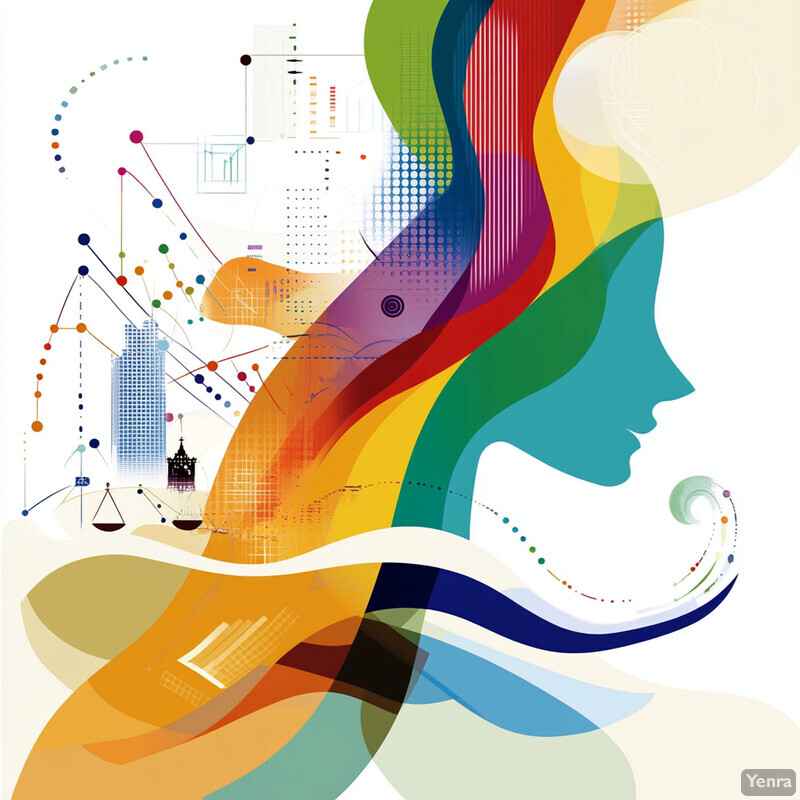
Researchers have advocated for complementing standard models with new data streams. Desai (2023) observes that successful ML applications “use ML alongside traditional econometric tools to advance understanding of economic systems”. Likewise, Lin (2025) notes that including diverse unstructured inputs (consumer reviews, social media) could further enhance economic predictions. These perspectives imply that combining conventional economic data with behavioral proxies is already feasible with modern AI. While comprehensive empirical cases remain emerging, this integrated approach is recognized as a key future direction in empirical economics research.
7. Adaptive Experimental Design and Real-Time Feedback
AI enables experiments that adapt in real time, dynamically adjusting based on incoming results. For instance, multi-armed bandit algorithms allocate more participants to the most promising interventions while still exploring alternatives. This “learning in the loop” means experiments can identify effective policies faster and improve participant outcomes during the trial. It also allows sequential adjustment of treatment parameters or sample composition on-the-fly. Such adaptive designs make experiments more efficient and ethical, as fewer subjects are exposed to inferior policies. In summary, AI-driven adaptive experiments continuously refine themselves to focus on the most informative and impactful treatments.

Methodological research highlights the advantages of adaptive designs. Bibaut and Kallus (2025) review modern adaptive experimentation and note that these methods “have the potential to improve outcomes for study participants within the experiment” and to increase the chance of identifying the best treatments. In other words, by adaptively favoring better-performing policies, adaptive designs quickly converge to optimal strategies. Studies in medical and economic settings have begun using contextual bandits and other reinforcement learning techniques to steer trials in real time, illustrating how adaptive feedback can accelerate behavioral discovery. (For example, adaptive field trials in social programs have started to employ these ideas, though comprehensive field evidence remains an active area of research.)
8. Calibration and Estimation of Complex Behavioral Models
AI techniques (like Bayesian inference, gradient-based methods, and surrogate modeling) enable precise calibration of complex economic models to empirical data. For behavioral models with many parameters or latent variables (common in agent-based simulations), AI can efficiently find parameter settings that match observed outcomes. This can involve machine learning surrogates that approximate the model output or expectation-maximization algorithms that infer hidden states. The result is that rich micro-founded models become testable and quantitatively accurate, as ML tools tune them to real-world data. In effect, AI provides the computational muscle to estimate high-dimensional behavioral models that would be infeasible with traditional methods.

Recent studies demonstrate these advances. Robertson et al. (2024) used a random-forest surrogate to speed up Bayesian calibration of a stochastic COVID-19 agent-based model, enabling MCMC estimation that was previously computationally prohibitive. Their method dramatically reduced the time needed to match the model to epidemiological data. In another example, Rehm and Paredes (2024) developed a gradient-based EM algorithm to learn hidden variables in an agent-based housing market model. Their protocol “produces accurate estimates of the latent variables” and “substantially improve[s] out-of-sample forecasting” compared to simpler heuristics. These cases illustrate how AI-driven calibration can make complex behavioral simulations empirically grounded and predictive.
9. Non-Linear Relationship Discovery
Non-linear and interaction effects are common in behavioral data (e.g. diminishing sensitivity, thresholds, and complex trade-offs). AI algorithms (such as neural networks, decision trees, and kernel methods) can uncover these without pre-specifying functional forms. They automatically detect curvature (e.g. an S-shaped demand curve) and interactions (e.g. how the effect of income on spending depends on sentiment) directly from data. This allows models to reveal nuanced behavioral laws (like a tipping point in habit formation) that linear methods miss. By modeling such non-linearities, AI provides a more flexible fit to real behavior. In practice, this leads to improved explanatory and predictive power when relationships are not straight-line.

ML’s strength in modeling non-linearities is well documented. As Desai (2023) observes, ML models can “capture strong non-linearity that is difficult to capture using traditional econometric models”, thereby improving forecast accuracy. In macroeconomic analysis, Ashwin et al. (2024) specifically use neural network learning to study highly non-linear monetary policy effects (target ranges and the zero lower bound) that standard linear models struggle with. More generally, tree-based methods like random forests are known to capture non-linear interactions automatically. These approaches have been shown in practice to identify curvature and thresholds in economic relationships (for instance, revealing non-linear income effects on savings) that econometricians would not easily discover without AI.
10. Mapping Social Influence and Network Effects
AI and network science help quantify how individuals’ behavior affects others in social networks. For example, by simulating interventions on nodes (people) in a network, one can measure the ripple effects on peers. New AI-based metrics (like “social value”) combine predictive models with network structure to gauge each person’s influence on group outcomes. This lets researchers pinpoint key influencers whose behavior changes have large social impact. Such methods also clarify how behaviors diffuse (e.g. viral spread of a new norm) by modeling counterfactual cascades. In short, AI-driven network models explicitly map peer effects, enabling more accurate predictions by accounting for social contagion.

Experimental and computational studies demonstrate these concepts. Centola’s classic online network experiments (cited in Chang 2025) showed that behaviors spread faster in clustered network structures than in random ones, highlighting the impact of network topology. More recently, Chang (2025) formalized a metric called “social value” that isolates an individual’s contribution to others’ outcomes using synthetic control on a network. His simulations reveal phenomena like the “generalized friendship paradox” – on average, a person’s connections tend to have higher influence scores than the person themself. These results illustrate how AI tools can quantify each node’s influence and uncover complex network-mediated effects in economic behavior.
11. Enhanced Personalization in Behavioral Finance
AI enables highly personalized financial recommendations by tailoring advice to individual behavior and preferences. For example, robo-advisors use algorithms to match investment portfolios to a user’s risk tolerance, spending habits, and biases. These platforms can adapt to learning style, financial literacy, and emotional factors of each user. Such personalization means financial nudges (e.g. saving reminders) can be fine-tuned to the person’s profile. In behavioral finance, this also means respecting users’ cognitive limits and biases; AI can adjust communication and timing to each person. Overall, AI-driven personalization leads to financial advice that is more individualized and behaviorally informed than conventional methods.
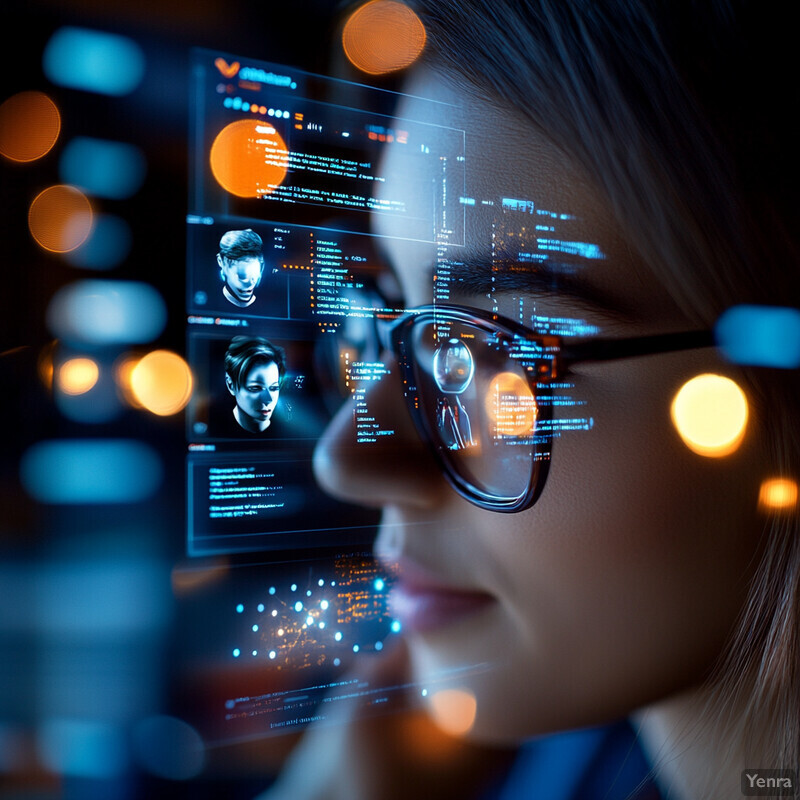
Recent reviews highlight both promise and limitations of AI in finance personalization. Eichler & Schwab (2024) review the literature on robo-advisors and note that while these tools offer data-driven, automated investment strategies, they “may not fully replicate the personalized service of human advisors”. This gap suggests potential: they recommend integrating behavioral finance insights (like risk biases) into AI models to enhance performance. In practice, some studies have begun combining psychometric profiling with algorithmic portfolio selection. For example, platforms now often use questionnaires or even digital activity data to infer a user’s loss aversion or overconfidence. The AI-driven personalization of finance is still developing, but evidence suggests it can improve alignment with individual behavioral traits.
12. Incorporation of Neuroeconomic Data
AI models can incorporate brain and physiological data to enrich behavioral predictions. By using neural signals (EEG, fMRI, fNIRS) as additional inputs, machine learning can link biological responses to economic decisions. This captures aspects like arousal, attention, or reward processing that shape choices. For instance, neural markers of stress or delight can help predict risk-taking or impulsivity. Integrating these measures makes models more holistic, connecting the “noisy brain” to observed behavior. In applied terms, a finance app might use biometric feedback to adjust advice, acknowledging a person’s biological state. Overall, merging neural data via AI opens a window into the cognitive processes behind economic decisions.
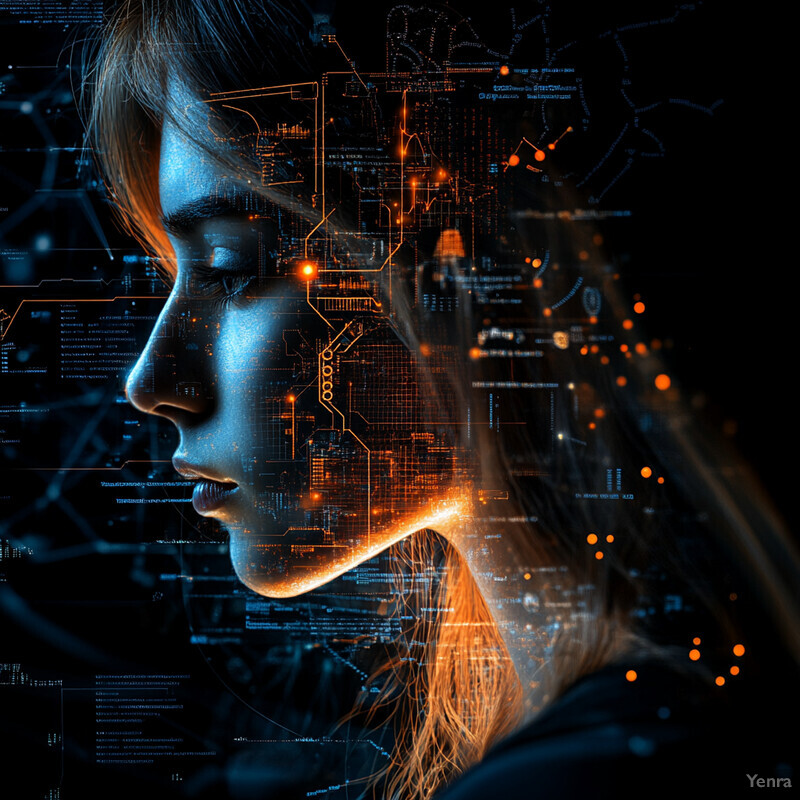
Several studies confirm that ML can translate neuro signals into decision insights. Eyvazpour et al. (2023) used resting-state EEG data to classify managers as risk-taking or risk-averse. Their SVM classifier, based on EEG alpha-band features, achieved about 74% accuracy in distinguishing these groups. Similarly, Çakar et al. (2024) combined functional near-infrared spectroscopy (fNIRS) measurements of brain activity with boosting algorithms to predict loan acceptance decisions. They identified specific prefrontal regions (dlPFC, OFC, vmPFC) whose activation patterns corresponded to strategic, emotional, and reward-related aspects of decision-making. These results demonstrate that AI can effectively use neural data to infer economic preferences and decisions, integrating neuroeconomic signals into behavioral models.
13. Scenario Analysis for Rare Events and Crises
AI techniques enable systematic scenario analysis of rare events (like recessions or pandemics) by simulating alternative futures. Ensemble models and stress-testing frameworks can project economic outcomes under extreme assumptions. For example, an ML-based system can simulate the impact of a sudden demand shock or policy change by sampling from historical tail events and learning from them. These scenario forecasts help policymakers evaluate resilience: they can estimate distributions of outcomes (GDP, consumption, etc.) under various crisis scenarios. Essentially, AI facilitates robust contingency planning by extending behavioral models beyond the historical norm to include worst-case possibilities.

Machine learning has been applied to forecast economic downturn risks with promising results. Omolo and Nguyen (2024) built an ensemble ML model to predict the probability of a US recession, using decades of monthly macro indicators. Their ensemble outperformed traditional logit/probit models in accuracy. This example shows how combining many algorithms can improve forecasting under uncertain conditions. While full scenario simulation (e.g. simulating an entire financial crisis) is complex, such predictive models for rare outcomes demonstrate that AI can handle extreme-event forecasting better than classical approaches. (However, fully generative simulations of crises by AI are still an emerging area of research.)
14. Automatic Theory Generation and Hypothesis Testing
AI can assist in generating novel economic hypotheses by finding patterns in complex data that suggest new theories. Instead of relying solely on human intuition to propose ideas, one can use machine learning to identify unexpected correlations or mechanisms. Researchers can then formulate hypotheses to explain those patterns. This hybrid process formalizes the traditionally informal step of idea generation. It can accelerate discovery by systematically scanning high-dimensional data (e.g. text, images, or transactional records) for anomalies or regularities. The computer-generated leads can be tested further, potentially uncovering new behavioral effects or biases that humans had not anticipated.

Ludwig and Mullainathan (2023) illustrate this approach. They trained an ML model to predict judicial decisions from judges’ mugshot photos. The model achieved high accuracy using only image data. Then, they had human analysts inspect the learned patterns to propose novel hypotheses about what visual features influenced judges (beyond known factors). The hypotheses uncovered were both interpretable and previously unrecognized, suggesting how AI can surface hidden decision cues. In general, their work shows that ML can highlight unexpected patterns in data, which researchers can then translate into testable behavioral hypotheses.
15. Exploration of Emergent Behaviors and Complex Dynamics
AI-driven multi-agent models can produce complex emergent phenomena that resemble real-world economic patterns. When many adaptive agents interact, unexpected macro-level behaviors (like cycles, inequality, or cascades) can arise. AI helps uncover these emergent dynamics by enabling simulations of large, heterogeneous populations. For example, adaptive agents might spontaneously specialize (some become producers, others consumers), leading to division of labor or trade flows. Studying such simulations reveals how simple micro-rules can generate aggregate effects not obvious from individual behavior. This deepens understanding of complex economic dynamics (like market bubbles or norms formation) by showing how they emerge from learning agents in a digital laboratory.

Studies have documented rich emergent outcomes from AI simulations. Brusatin et al. (2024) found that in a simulated market, reinforcement-learning firms learned different profit-maximizing strategies and even formed strategic groups, which increased overall profits. In other words, the collective outcome (segregated strategies, higher output) arose without being programmed explicitly. Chang (2025) showed that network-based interventions can lead to counterintuitive effects: for instance, his measure of “social value” exhibits the friendship paradox, meaning an individual’s neighbors are, on average, more influential than the individual. These cases illustrate how AI simulations can reveal emergent properties – patterns at the system level that arise from many local interactions – providing new insights into economic complexity.